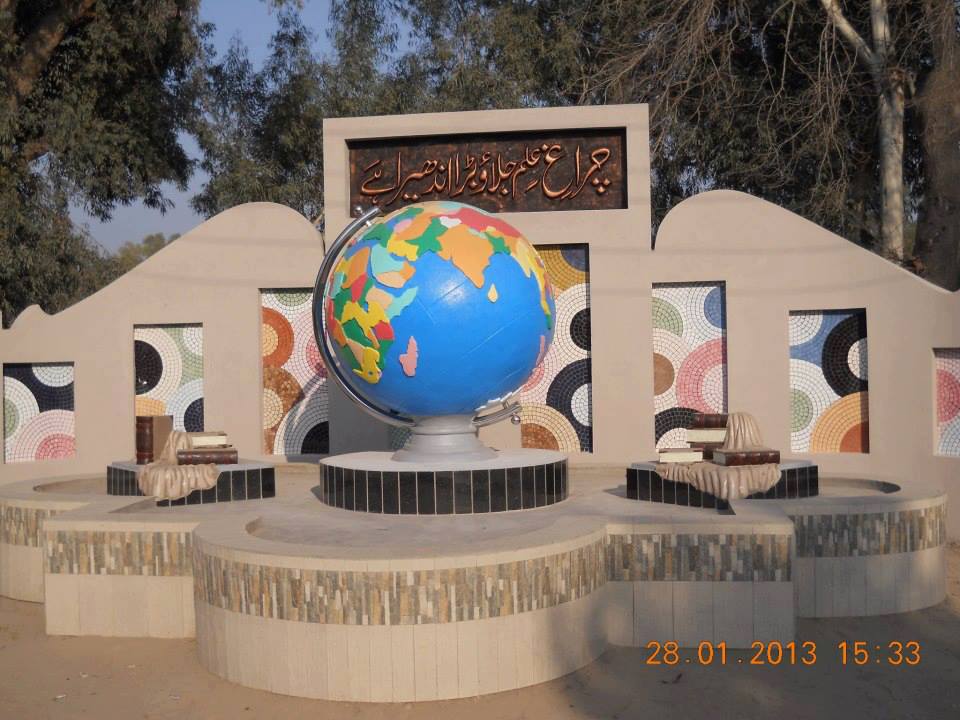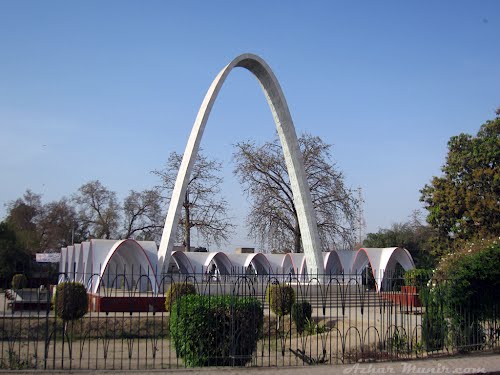City Information

The Sahiwal District has been settled from the pre-historical era. Harappa is an
archaeological site, about 35 km (22 mi) west of Sahiwal that was built approximately
2600 BCE. The area was part of South Asian empires and in crossroads of migrations
and invasions from Central Asia. The pastoral tribes of this barren expanse did
not appear to have paid more than a nominal allegiance to the Muslim rulers; the
population for the most part remained in a chronic state of rebellion. Sahiwal is
located close to Pakpattan, a famous medieval town and Muslim Sufi pilgrimage site.
The Pakpattan owes its sanctity and modern name, 'the holy ferry', to the shrine
of the great Muslim Sufi Fariduddin Ganjshakar Shaikh-ul-Islam, Farid-ul-Hakkwa-ud-Din,
Shakar Ganj (1173–1265) which was visited by old great traveller and historian Ibn
Batuta in 1334. The native population converted to Islam by Sufi missionaries. After
the decline of the Mughal Empire, the Sikh took control of Sahiwal. The inhabitants
were treated benevolently during Sikh rule. The district came under direct British
rule in 1849, when the district was officially formed with its headquarters at Pakpattan.
The district was expanded to include the trans-Ravi portion in 1852, and the district
headquarters were moved to Gogera. In 1865, when the railway was opened, a village
on the railway, was named Montgomery and became the capital of the district.

Sahiwal is approximately 180 km from the major city Lahore and lies between Lahore
and Multan. With a population of 207,388 (1998 Pakistan Census), it is the 14th
largest city in the Punjab and the 22nd largest city in Pakistan.A small village
on the Karachi-Lahore railway line during 1865 was named Montgomery after Sir Robert
Montgomery, then Lieutenant-Governor of Punjab. Later, it was made the capital of
the Montgomery District. Its name was reinstated as Sahiwal in 1967 after the Sahi
clan of Kharal Rajpoots who are the native inhabitants of this area. The city is
in the densely populated region between the Sutlej and Ravi rivers. The principal
crops are wheat, cotton, tobacco, legumes, potato and oilseeds. Cotton goods and
lacquered woodwork are manufactured.

During the Indian Rebellion of 1857, there was a general uprising of the Muslim
population of Sahiwal, the District formed the scene of the only uprising which
took place north of the Sutlej. Before the end of May 1857, emissaries from Delhi
crossed the river from Sirsa and Hisar, where open rebellion was already ripe, and
met with a ready reception from the Kharals and various other Muslim tribes. The
District authorities, however, kept down the threatened uprising till August 26,
1857 when the prisoners in jail made a desperate attempt to break loose. At the
same time Ahmad Khan, a famous Kharal leader, who had been detained at Gogera, broke
his arrest, and, though apprehended, was released on security, together with several
other suspected chieftains. On September 16 they fled to their homes, and the whole
country rose in open rebellion. Kot Kamalia was sacked; and Major Chamberlain, moving
up with a small force from Multan, was besieged for some days at Chichawatni on
the Ravi. The situation at the civil station remained critical till Colonel Paton
arrived with substantial reinforcements from Lahore. An attack which took place
immediately after their arrival was repulsed. Several minor actions followed in
the open field, until finally the rebels, driven from the plain into the jungles
of the interior, were utterly defeated and dispersed. The British troops then inflicted
severe punishment on the insurgent clans, destroying their villages, and seizing
large numbers of herds.